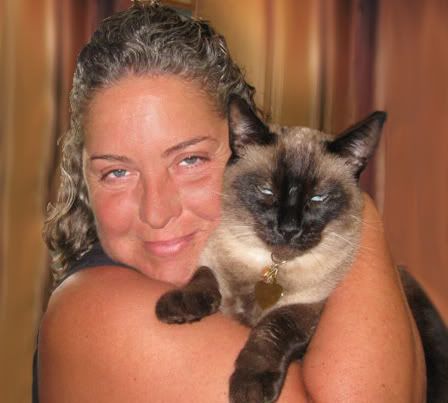I’ve talked about identifying a flea infestation on a pet before but here is a video that shows you how to look and then how to use a flea comb to identify your pet has fleas.
Most fleas can be seen on the lower belly, near the undersides of the thighs, and at the base of the tail.
If you move the fur (as seen on the video) you can often see the fleas move away and catch glimpses of flea dirt (flea poop and debris) in the coat or on pet bedding.


